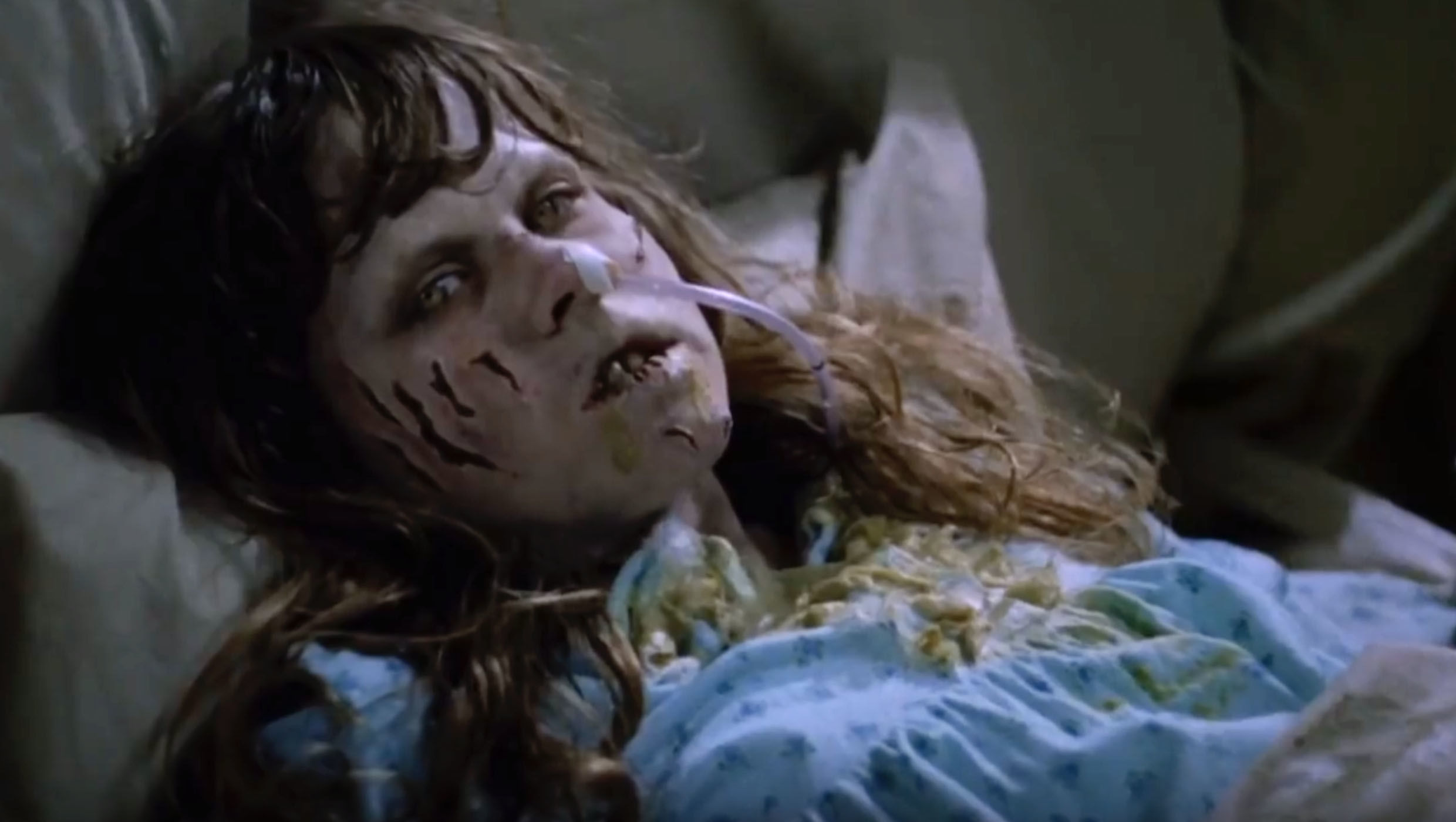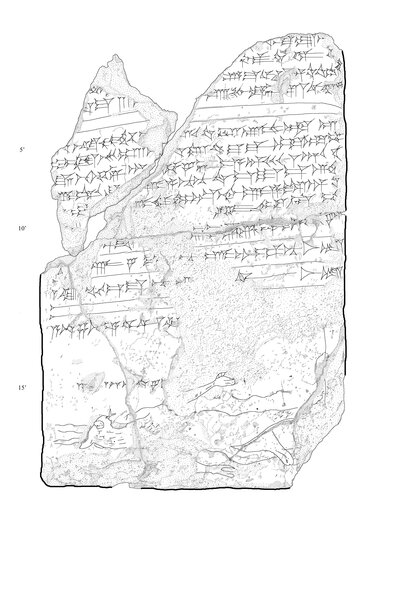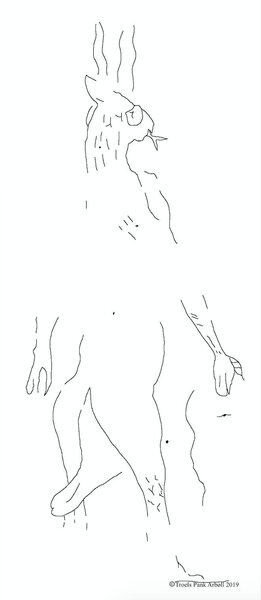Create a free profile to get unlimited access to exclusive videos, sweepstakes, and more!
The 'demon' haunting an ancient exorcist library is proof we’ve always believed in possession

What if you were diagnosed with an illness caused by a demon — is there even a prescription for that?
The only Rx would be exorcism. While movies about possession like The Exorcist and The Conjuring might be more modern phenomena, the belief that a malevolent supernatural entity can take over your body goes back thousands of years. There were even entire families devoted to the practice of purging evil spirits. If that still sounds more like a horror flick than anything else, postgrad Troels Pank Arbøll of the University of Copenhagen has unearthed the oldest known depiction of bennu, or epilepsy, as a demon.
“Today we label many such afflictions as psychological and neurological disorders,” Arbøll said in a study recently published in Journal des Médecines Cunéiformes. “In ancient Mesopotamia, however, symptoms related to abnormal behavior and involuntary movement were considered to have been inflicted upon a person by supernatural forces.”
Bennu was depicted on a 2,700-year-old cuneiform tablet found in the library of an Assyrian exorcist family. What is particularly unique about this demonic drawing, as opposed to other images of demons from around the same region and time period, is the purpose of the healer who created the image. Spells to rid someone of a demon sometimes involved visuals of the paranormal culprit associated with a particular disease, so exorcists could sculpt figurines of the entity to help them draw it out. The difference here is that whoever drew this was actually depicting the patient’s symptoms in demonic form.
Think back to The Conjuring. You never actually get to see the offending demon, Bathsheba, fleshed out, but if you could draw her based on how she tortured Carolyn, it probably wouldn’t be a pretty sight. Something that can levitate and throw around its victim isn’t going to look like a pageant queen.
“The drawing … is not likely to have served as a sketch for the production of figurines in the rituals. It is therefore possible that the drawing served as a unique testimony to how the [exorcist] envisioned the demonic foe,” said Arbøll.
It is unfortunately easy to understand why epilepsy was viewed with such fear by the ancient Assyrians. As a neurological disorder that results in abnormal brain activity, it can cause seizures, strange sensations, unusual behavior, and even loss of awareness. Through the ages, those thought to be possessed by demons were often believed to have lost their awareness as the spirit that invaded them caused them to seize and jerk and behave in ways that were seen as inexplicably abnormal before modern medicine existed. Diseases with similar symptoms were also seen as bennu through Assyrian eyes.
But why the horns and the forked tongue? Sure, you can find them on many stereotypical images of demons, but these features that had nothing to do with making the demonic incarnation of bennu look as nightmarish as possible. It has the head of a musbussu-dragon, an Assyrian snake-dragon hybrid that was thought to have dragon horns and the same long neck and forked tongue as a snake. Its hands are surprisingly human for a creature that usually appeared with a lion’s forelegs and back legs flashing vicious talons. Arbøll believes bennu was drawn as the face of evil imagined not only by the healer, but also the patient.
Whether the patient dictated this vision or the exorcist tried to draw it as they assumed the patient saw it remains unknown. Assyrians had similar beliefs regarding death. Arbøll noted that the Epic of Gilagmesh describes Death or mutu as a thing without a face, but the same epic also describes the afflicted (who was supposedly confined to his sickbed) seeing Death in his bedroom wherever he turned.
“A related bennu diagnosis … emphasizes that occasionally the patient did in fact see the evil in question,” he said, adding that the vision “does not conform completely to any description associated with the content of the text or the larger demonological context. Yet, it is possible that the creature … illustrated a specific version of a demon.”
Demonology may never have been proven to be science, but it also hasn’t ever been proven as pure fiction. Think about that next time you have a horror movie night in.





























